Technology enables Government agencies to strengthen security, increase efficiency and collaborate across departments. This year at the National Laboratories Information Technology (NLIT) Summit, representatives from the National Laboratories, Government IT decision-makers and industry and vendor partners gathered to discuss recent advancements in IT across the Department of Energy (DOE) labs, featuring panels, interactive sessions and demonstrations focused on emerging, mission-driven technologies. Carahsoft stood alongside its partners, such as Amazon Web Services (AWS), Snowflake and GitLab to support the DOE’s mission objectives. Together, we deliver secure, compliant solutions that drive innovation—from MultiCloud strategies and generative AI to streamlined IT procurement.
Here are the top themes discussed at this year’s summit.

Artificial Intelligence Exploration
The National Laboratories are at the forefront of advancing artificial intelligence (AI) and High Performance Computing (HPC) to meet critical mission objectives. Several DOE labs are showcasing this commitment through transformative initiatives. At Los Alamos National Laboratory, the establishment of the National Security AI Office and the deployment of the Venado AI supercomputer reflect a strategic focus on embedding AI into national security operations. Sandia National Laboratories is leading innovation with “vibe coding,” an AI-assisted development methodology that allows developers to generate code based on described functionality, streamlining the software development process.
To further accelerate AI and HPC capabilities, the National Laboratories are leveraging NVIDIA technologies, including GPU-powered infrastructure and AI toolkits, to support high-throughput data analysis, simulation and machine learning applications. This partnership enables scalable performance and energy-efficient computing tailored to complex scientific workloads.
In response to growing cybersecurity threats, labs are also deploying AI-driven automated response systems to detect and neutralize risks in real time. These combined efforts enhance the DOE’s cybersecurity posture while reinforcing the National Laboratories’ leadership in next-generation computing and AI innovation.
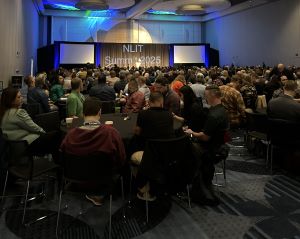
Argo: A New Generative AI Platform
As part of its development, Argo incorporates technologies from OpenAI to support advanced natural language processing and generative tasks. By integrating OpenAI models with internal controls and security protocols, Argonne can deliver high-performing language tools tailored to research and mission needs, without compromising data integrity.
Future enhancements to Argo will include:
- Document upload for summarization and analysis
- Adjustable response styles that range from creative and exploratory to focused and deterministic
- Integration of Argonne-specific knowledge and internal documents for contextualized outputs
- Onsite deployment of GPU resources to host fine-tuned and open-source LLMs, enabling operational applications such as translation, code generation and scientific research
Through Argo, Argonne is setting a benchmark for secure, mission-aligned AI deployment across the DOE ecosystem.
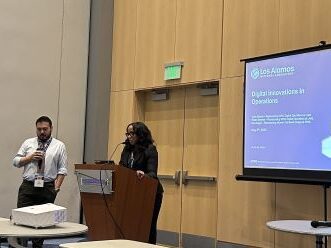
An Automated Approach to Cybersecurity
Sandia National Laboratories emphasized the critical need to embed security at every stage of the software development lifecycle through a DevSecOps approach. In the session “From DevOps to DevSecOps: ASC DSO at Sandia’s Journey toward Secure Software” Stuart Baxley, a Senior Research & Development Computer Scientist shared how Sandia integrates automated tools and continuous monitoring to enable early threat detection and fast remediation—reducing both risk and cost compared to reactive approaches. Agencies with automation tools, such as GitLab, enable the National Laboratories to manage their unique software development environments.
To enhance cybersecurity posture, Sandia recommends the adoption of key security practices and tools, including. Static Application Security Testing (SAST), Software Bill of Materials (SBOM) and container scanning. Leveraging these capabilities is essential to maintaining resilience in an increasingly complex and dynamic threat environment.
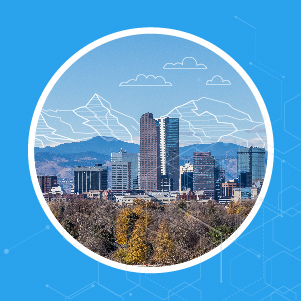
Efficiency Through the Cloud
Lawrence Berkeley National Laboratory has advanced its cloud adoption efforts through the Materials Project initiative, leveraging Amazon Web Services (AWS) to significantly improve the availability, accessibility and scalability of its data products. This successful deployment offers a strong blueprint for other national laboratories exploring cloud migration.
By transitioning to cloud infrastructure, the lab has unlocked a range of strategic benefits including enhanced collaboration, improved high-performance computing capabilities, robust encryption and data security and accelerated AI-driven research. These advantages position cloud adoption not just as a technical upgrade, but as a critical enabler of research efficiency, data innovation and scientific discovery in today’s increasingly data-intensive environment.
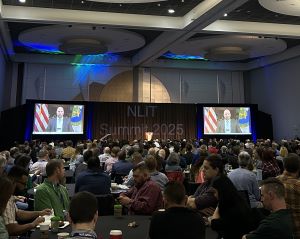
Managing Diverse Data
As datasets across the National Laboratories continue to grow in size and complexity, effective data management becomes increasingly challenging. Oak Ridge National Laboratory advocates for a holistic approach, recognizing that no single tool can address every need. Instead, the focus should be on strengthening data transfer capabilities and adopting integrated strategies to improve overall data mobility and accessibility.
In alignment with federal mandates, laboratories and agencies managing research data must prioritize the following:
- Transparency – ensuring data is accessible to the public to support open research
- Up-to-date data management practices – implementing current tools and processes
- Comprehensive audit trails and metadata documentation – maintaining accountability and traceability
By improving data transfer methods and aligning with these core principles, National Laboratories can enhance collaboration, uphold security standards and maximize the impact of their research.
Through a combination of strong data governance, cloud adoption, AI integration and cybersecurity automation, the National Laboratories remain committed to advancing innovation and IT excellence across the DOE ecosystem.
Through data management, cloud application, AI and cybersecurity automation, the National Laboratories maintain a comprehensive strategy to continually fulfill their mission of advancing IT knowledge and collaboration across the DOE.
To learn more about technologies featured at NLIT, visit Carahsoft’s artificial intelligence portfolio.

 Financing the Security Movement
Financing the Security Movement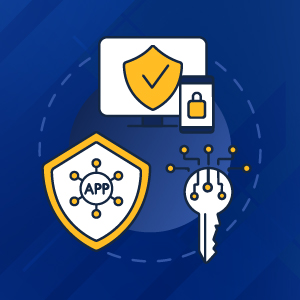 Data Modernization
Data Modernization